TROBOLO SilvaBlœm
Shapely composting toilet made of wood with HPL finish and optional exhaust system.

Here you will find information about the functionality, the areas of application and the advantages and disadvantages of biotoilets.
Biotoilets have been gaining a growing number of supporters in Germany for some time now, the beginnings of which can be traced back to the revival of the self-catering scene and permaculture in the mid-1970s. In times of increasingly threatening climate scenarios, more and more people are turning to a more conscious way of life and thus trying to make their everyday life more sustainable. The willingness to make changes to that end or to give up some habits often goes beyond the choice of transport or the decision for conscious consumer behaviour. More and more people are now questioning the environmental sustainability of conventional toilets and are turning to alternative toilet systems such as biotoilets. But what exactly is a biotoilet and what are its distinguishing features? This is the question we want to address in the following article.
The term biotoilet” is in some ways a collective term for two different types of toilets, although they are similar in one crucial aspect. The word “bio”, which is used nowadays in many different contexts, generally refers to the natural compatibility of products or proves their sustainable manufacturing. The term “biotoilet” also fulfils this criterium. Consequently, this term covers all those toilet variants that are particularly environmentally friendly in operation and are therefore especially sustainable.
This special requirement applies to two alternative toilet systems: humus or compost toilets and separating toilets. The term dry toilet is also often used. However, it is nothing more than a toilet that functions without flushing. Since this applies to both composting and separating toilets, we will distinguish between these two toilet variants in the following.
Both composting and separating toilets are therefore characterised by a waterless mode of operation, which makes them far more sustainable – i.e. “organic” – than a conventional toilet. Because where no water is needed, it is neither used up nor is there any costly reprocessing of black water, as is the case with a conventional toilet. In addition, both compost and separating toilets offer the option of collecting the excrements, composting them and finally returning them to nature in the form of humus.
Two essential aspects of the functionality of separating and composting toilets, which give them the title “organic”, are thus already listed. However, the following section will explain why it pays off to decide to buy an organic toilet.
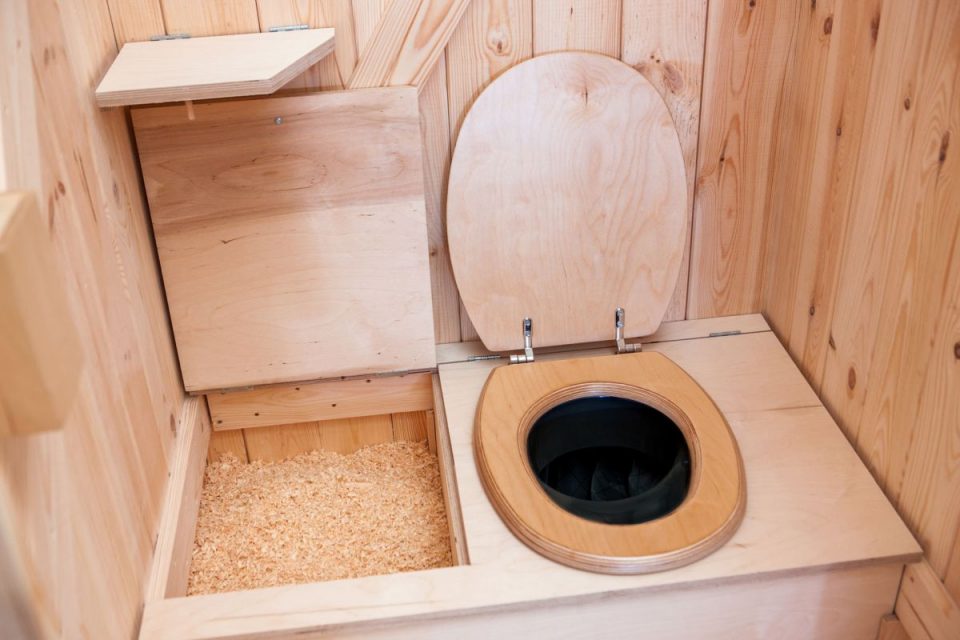
The main argument for purchasing a composting toilet is undoubtedly the advantages resulting from its waterless operation.
In Germany the daily water consumption per capita is between 112 and 142 litres, depending on the consumption profile. However, only 3 litres of this is used for drinking and cooking. The remaining 109 or 139 litres are for grey water (waste water from cleaning and personal hygiene) and a total of 40 litres for flushing the toilet! Just the amount of water that can be saved with a bio toilet on average per day would be enough to live on it for almost 14 days. Moreover, thanks to the fact that they do not flush, biotoilets ultimately also avoid producing black water, which not only relieves the environment but also benefits the local government. This is because black water has to be recycled in local wastewater treatment plants using various complex processes and chemical substances, and costs an average of €4.74 per cubic metre of wastewater – money that could easily be saved by using a biotoilet and put to better use elsewhere.
We have compiled further information on water consumption and sustainability for you here.
The waterless functioning of biotoilets also provides users with a high degree of self-sufficiency – because thanks to not needing water and sewerage connections, users also enjoy maximum freedom of choice and flexibility when it comes to the location of the biotoilet. They can be installed anywhere in the house or outdoors, provided that their dimensions or model design allow it, and are therefore ideally suited as garden toilets for small gardens and allotments.

A further immense advantage of biotoilets is the possibility of composting the collected excrements and thus returning valuable nutrients to nature. In the case of composting toilets, the name of the toilet variant already refers to this functionality, but separating toilets also enable composting or conversion of the dried faeces into valuable humus. The extent to which the two toilet variants differ in terms of their functionality and the points to which attention should be paid in this respect in the various models is explained in more detail in the section Functionality of a composting toilet”.
After all, thanks to their mode of operation, biotoilets reliably reduce or even completely eliminate odour formation. This is because the widespread assumption that the use of water in a conventional toilet reduces odours is ultimately a fallacy, since in fact the opposite is the case! The main cause for the formation of unpleasant odours can basically be attributed to the fact that liquid and solid excretions are not separated. During the rotting and decomposition processes that then begin, an unpleasant by-product is formed, ammonia, which is responsible for a large part of the unpleasant odours. The greater the moisture content, the more beneficial this environment is for the formation of odours. Biotoilets which allow separation of excrements (i.e. separating toilets) therefore achieve maximum odour reduction and thus enable particularly comfortable use.
We have compiled comprehensive information on the topic of odour neutrality and odour prevention for you here.
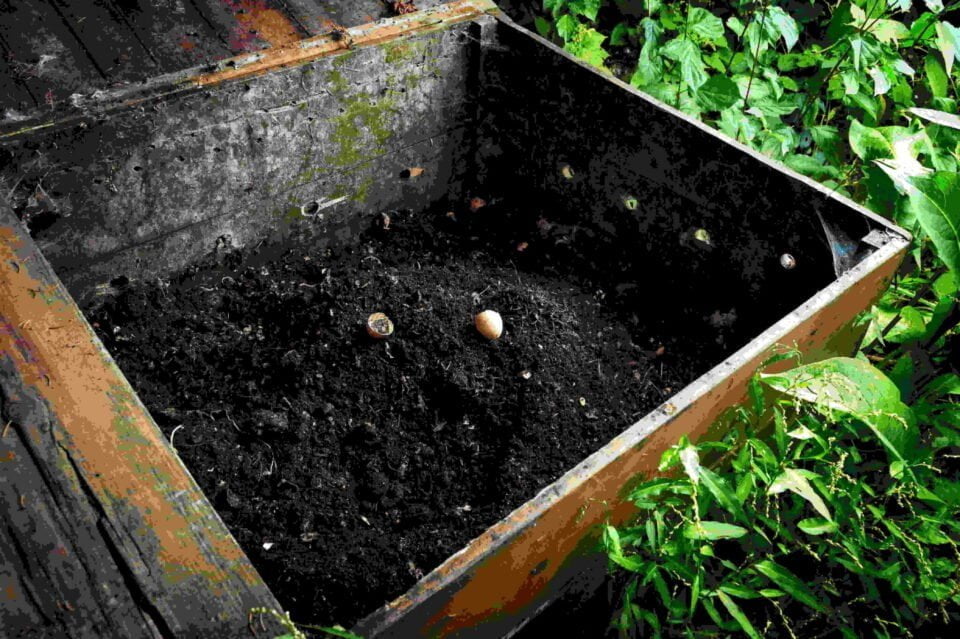
As already described, biotoilets are characterized by their waterless functionality across the board. Apart from this, there are, however, various differences in terms of functionality.
Traditional compost toilets collect urine and faeces in a single container, where they are converted into nutrient-rich compost soil. In smaller models, the capacity of the collection container is between 20-200l, which, however, only allows pre-composting of the excrements, since the complete conversion into mature compost soil takes about 24 months and therefore requires a correspondingly large volume of the collection container. If the aim is to compost waste directly in the collection container, its capacity should be several hundred litres. In this case, however, it is necessary to think about suitable ventilation. On the one hand, oxygen is indispensable for the rotting process, on the other hand, rotting gases and heat are generated during the rotting process, which must be dissipated from time to time. Composting toilets with integrated composter therefore cannot do without an appropriate aeration system. Furthermore, they often require additional electrical accessories such as agitators or heating elements and are therefore dependent on an appropriate electrical connection.
Finally, the use of a traditional composting toilet differs only slightly from that of a conventional toilet. Only flushing of water is omitted due to the specific function. Instead, after each visit to the toilet, a bit of litter is added to the collected excrements. This serves both to bind liquids and moisture and to minimise odours. However, since urine and faeces are collected separately, and since mixing them is one of the main causes of unpleasant odours, a large amount of litter is required in composting toilets to completely bind all urine. In addition, although a well-rounded compost requires a certain basic moisture content, dilution of the material causes the rotting process to slow down and to start smelling foul, which makes the use of litter indispensable.
You can find detailed and further information on composting here.
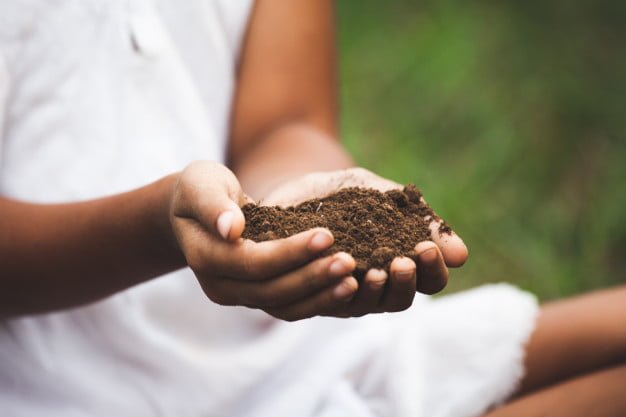
Separating toilets such as the TROBOLO are characterised by the fact that they not only function completely without water, but also, and in contrast to composting toilets, allow separation of excrements. Thanks to an integrated separator, urine and faeces are automatically directed into two different containers when the toilet is used. Urine flows into a liquids container at the front area of the separating toilet, while solids are collected in a separate solids container in the rear area. This is additionally equipped with a collection bag or inlay to prevent the collection container from becoming soiled and to ensure that it can be emptied easily and hygienically.
An indispensable part of the proper functioning of separating toilets is – as with compost toilets – the use of litter. However, after going to the toilet, this is only applied to the solid excrements, as urine is collected separately from these thanks to the separation system. Consequently, a much smaller amount of litter is required than is the case for composting toilets, as only the moisture of the solids and not that of the urine needs to be bound! In separation toilets too, litter also serves to minimise unpleasant odours. In contrast to traditional composting toilets, however, their formation is largely prevented by the separation of solid and liquid excreta. The use of a separating toilet is therefore much more comfortable.
As soon as the collection container or inlay has reached its capacity limit, it can be removed and disposed of. Although it can be emptied along with household waste, the feces are dried to such an extent that they can be composted together with other biological waste from the garden and kitchen. If you decide to use biodegradable inlays, you can add them to your composter together with their contents without hesitation. The collected urine can then be mixed with water and used as plant fertiliser or disposed of via a permanently installed toilet.
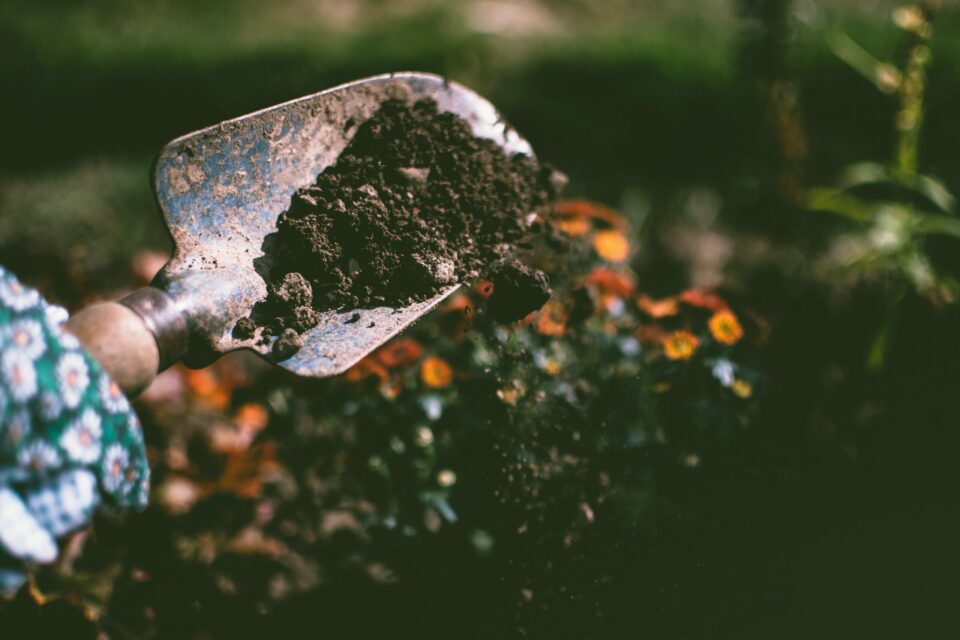
Due to the similarity in the way biotoilets function, they also show some parallels in terms of accessories. In addition to toilet paper, users of both composting and separating toilets are dependent on the use of litter. As already mentioned, however, separating toilets require significantly less bedding than composting toilets, as the urine does not need to be further bound. For both toilet variants, the use of an exhaust air system is also recommended, but for different reasons. While a composting toilet with integrated composter is necessarily dependent on an aeration system, for example to regulate the oxygen content and the air supply of the composter, an exhaust air system in separating toilets serves exclusively to eliminate odours and is therefore recommended but not absolutely necessary. Finally, the basic accessories of separating toilets also include liquid and solid containers and, for the latter, replaceable inlays, which are available in a conventional plastic version or as a biodegradable version.
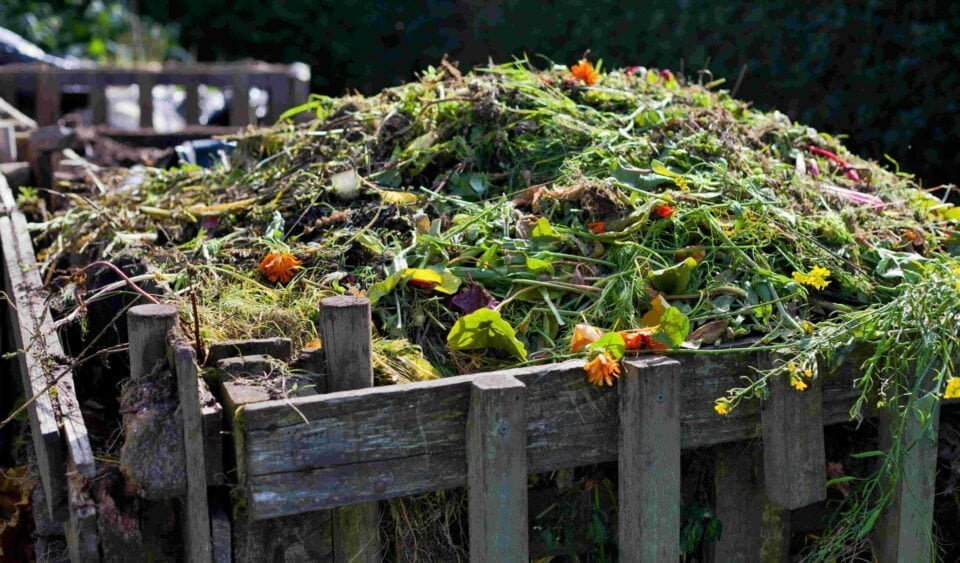
The disposal of the excrements is also generally quite simple with biotoilets and requires minimal effort. With composting toilets, the collection container of which has only a limited capacity, the pre-composted excrements must be removed when the capacity is reached and added to a correspondingly larger composter, where they can finally pass through the complete rotting process. In composting toilets with an integrated and sufficiently large composter, this step is consequently omitted – and thus also disposal of the excreta. With separating toilets, emptying intervals of the solids container depend primarily on the nature of the inlays used. While plastic inlays generally do not have to be disposed of until the respective filling quantity is reached, compostable inlays should be replaced after about a week, otherwise the decomposition process will already begin. Finally, plastic inlays can be conveniently disposed of with household waste or emptied in the in-house composter; biodegradable inlays can even be completely disposed of in the composter.
Cleaning a biotoilet is usually limited to damp wiping of the seat surfaces and in this respect is no different from cleaning a conventional toilet. In the case of separating toilets, the effort required for cleaning is further reduced thanks to the replaceable inlays of the solids container and is thus even less than that of a conventional toilet. This is because, since the solid waste only comes into contact with the inlays, the cleaning of the solids container consists of removing and disposing of the collection bags and is therefore completed in a few simple steps.

Thanks to the waterless function and the self-sufficiency gained through this, biotoilets can be used very flexibly. Since neither a water nor a sewerage connection is required, they are suitable for both indoor and especially outdoor use. Apart from models with integrated composter, which, due to the size of the reactor, require an appropriate floor space, especially for indoor use, the choice of location for a biotoilets is thus completely flexible. Due to their special functionality and independence from the above-mentioned connections, however, they are particularly suitable for locations where there is no access to the sewage system. Consequently, biotoilets are ideal for use in small gardens or allotment gardens, dog schools, day-care centres, riding schools, weekend and holiday homes as well as in mobile homes, vans and boats. The only restriction in the choice of location is the fact that the exhaust air system of some models is electrically operated, which means that existing electrical connections are a necessary requirement.
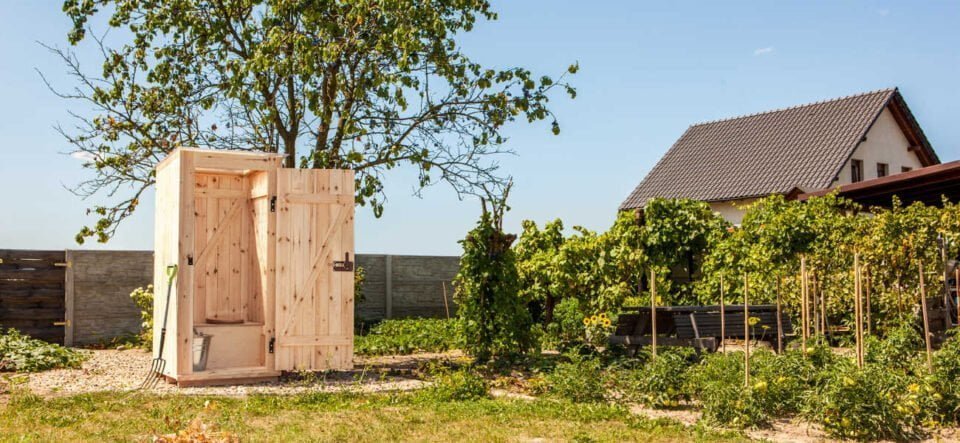
The preceding remarks illustrate the versatile ways in which biotoilets can be used, and in particular their well thought-out and sustainable operation. Nonetheless, the advantages and disadvantages of purchasing a biotoilet will be outlined below.
Besides their waterless and thus sustainable functionality, biotoilets are particularly convincing because of the option to compost excreta – either directly in an integrated composter or decentrally in a composter provided for this purpose. Thanks to the composting of solid and liquid excrements, nutrients contained therein can be returned to the soil in the form of valuable humus, thus closing the nutrient cycle. Biotoilets can be used in many different places and are not limited to outdoor areas where the use of a conventional toilet is impossible due to a lack of connectivity. Biotoilets can also be used indoors as an environmentally friendly alternative to conventional toilets and offer numerous advantages over the latter. Above all, separating toilets such as our TROBOLO are attractive for use within your own four walls. This is because the reliable separating system reduces odours to a minimum and is far more effective in this respect than a WC. In addition, the effort required to clean a separating toilet is significantly lower than that of a conventional toilet, thanks to hygienic and easy emptying. Biotoilets are therefore not only a sustainable alternative to toilets, but are actually superior to them in many respects, and moreover an acquisition that Mother Nature will thank you for.
Sign up for our newsletter here to never miss out on any news or free promotions.
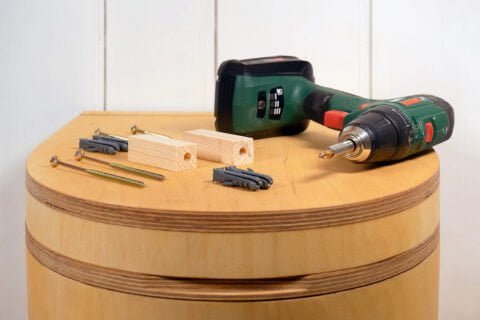
"Do-it-yourself" is the latest trend, so it's not surprising that more and more people want to build their composting toilet themselves. But how does that actually work? In this article, we take a closer look at the topic and give you numerous tips and tricks to make your do-it-yourself project a success. Have fun!
Read more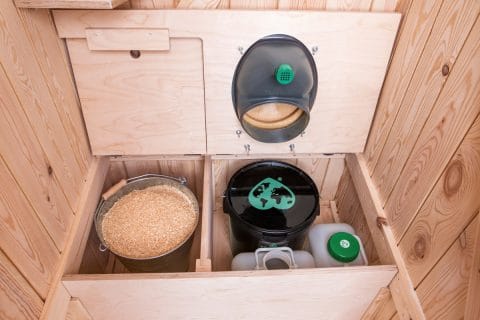
Below you will find information on functionality, areas of application as well as advantages and disadvantages of separating and dry toilets.
Read more
In this guide, you will find information about the functionality, areas of application as well as the benefits and disadvantages of chemical toilets.
Read more¡Tenemos buenas noticias! Aunque gran parte de nuestro contenido todavía esté en inglés, ya hacemos envíos a tu país. Solo tienes que hacer el pedido y los productos te llegarán directamente a casa.
De acuerdoBuone notizie! Anche se la maggior parte dei nostri contenuti è ancora in inglese, spediamo già nel tuo paese. Fai un ordine e ricevi i prodotti direttamente a casa tua.
D'accordoVi har gode nyheder! Selvom det meste af vores indhold stadig er på engelsk, sender vi nu til dit land. Du skal bare afgive din ordre, så bliver produkterne leveret direkte hjem til dig.
ForståetWe hebben goed nieuws! Hoewel het meeste van onze inhoud nog steeds in het Engels is, verzenden we nu naar uw land. Plaats uw bestelling en de producten worden direct bij u thuisbezorgd.
BegrepenYou are currently viewing a placeholder content from Facebook. To access the actual content, click the button below. Please note that doing so will share data with third-party providers.
More Information